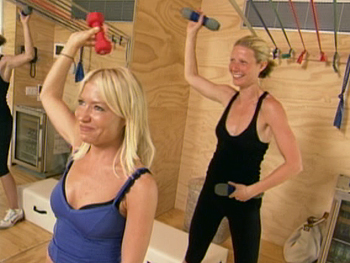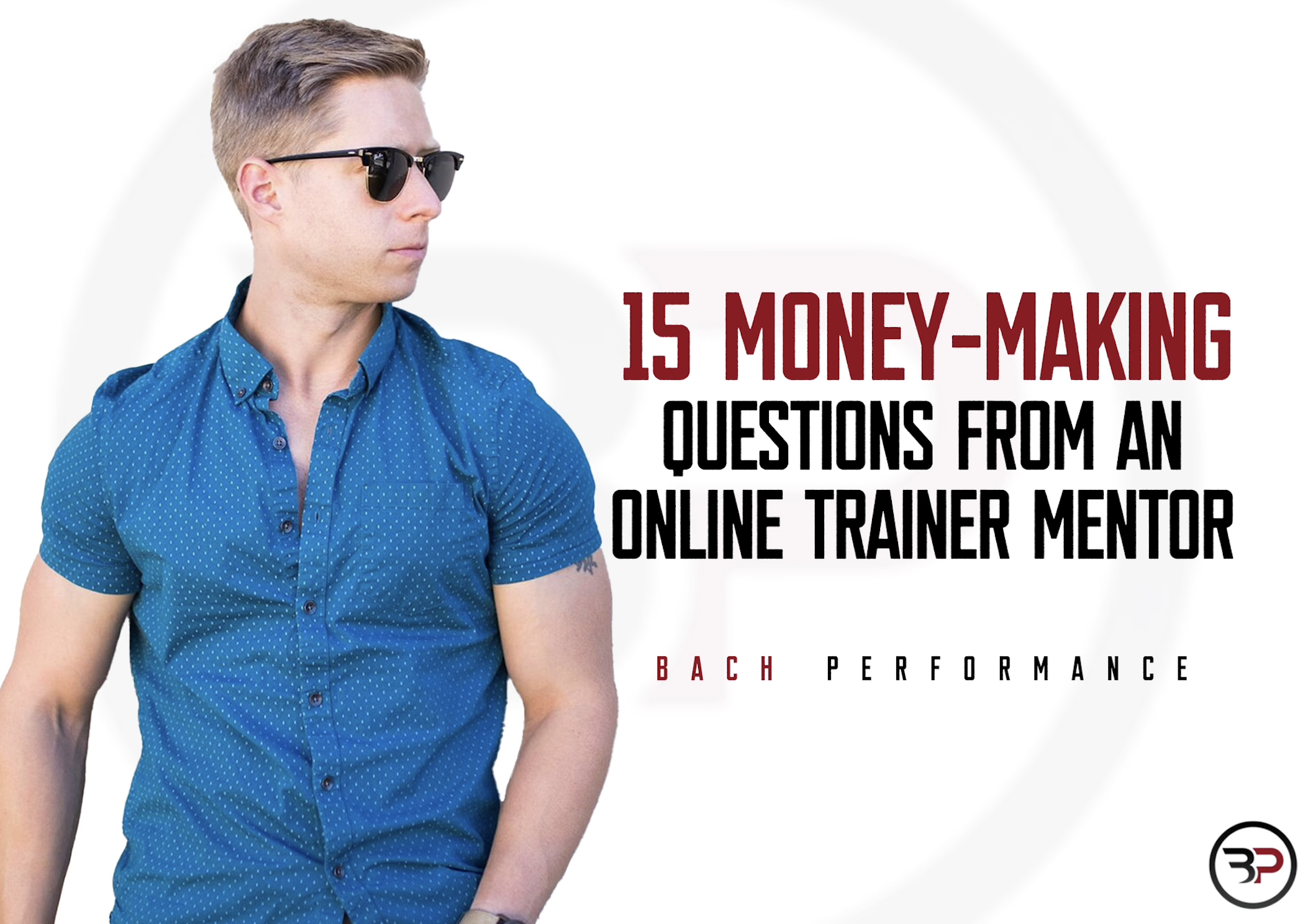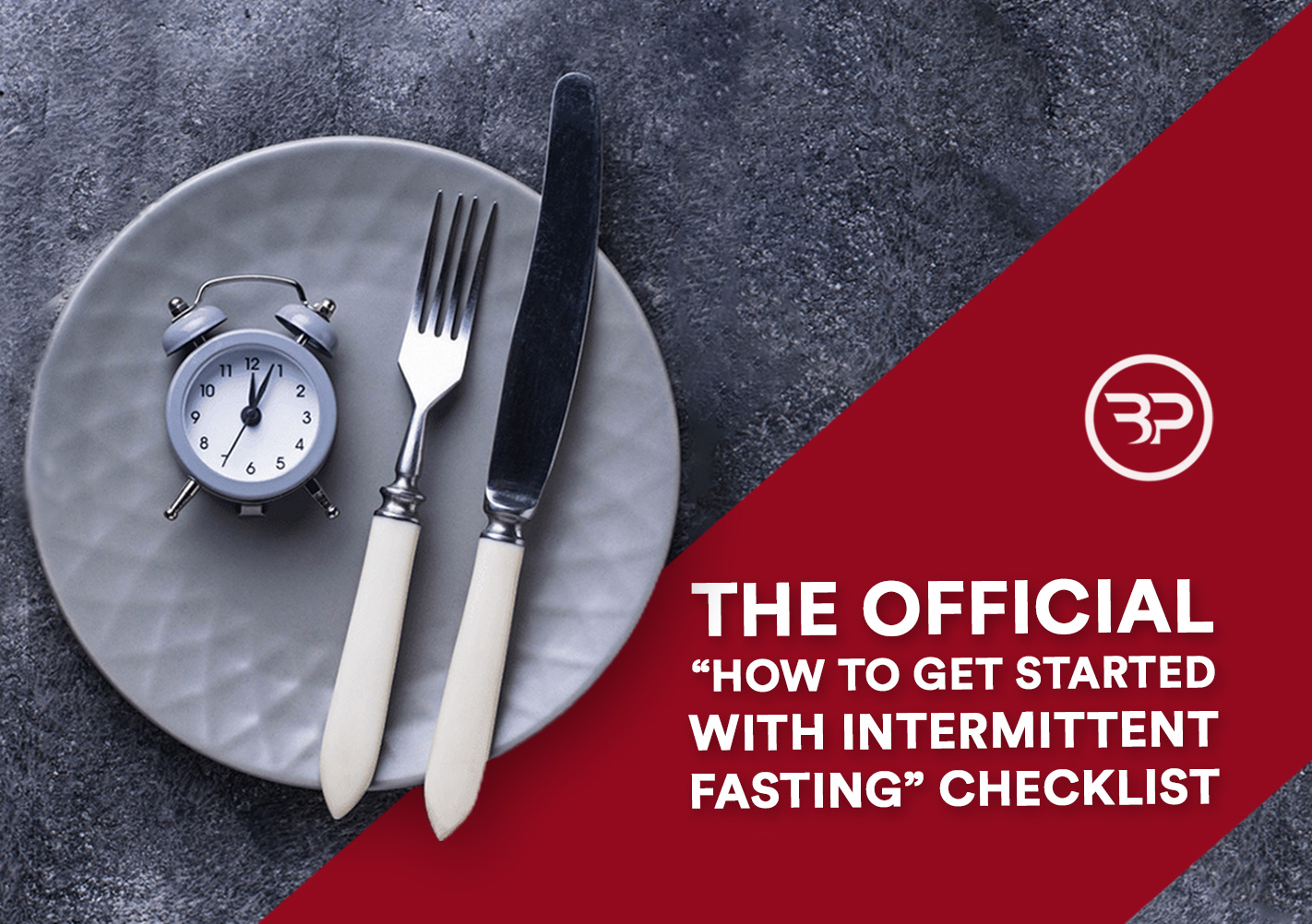Part 3 Training Essentialism: Eliminate Useless Exercises
November 11, 2014
In today’s post we”ll work together to Eliminate Useless Exercises to optimize your training. Before we dive into that lets rehash what we covered in the past two posts.
First, we covered the essential pieces what every workout needs. The 80/20 if you will, that give you the most bang for your buck. Training for one goal while ensuring progressive overload in the major movements is key to long-term results. If you haven’t read part one What Every Workout Needs please do so now.
In part two we addressed the biggest issue of all: training consistency. A plan is only as good as it’s execution. To set yourself up for success you must understand your limits and create a plan that accounts for your goals and busy lifestyle. Your training isn’t 100% perfect for your goal, but a program performed with focus and intensity consistently will beat the perfect program performed sporadically every time.
Moving on my friends. It’s time to delve into the truth about elimination. I don’t mean throwing away all your clothes, getting rid of your possessions, and moving to a shack in Guam, but eliminating unnecessary barriers in training. The biggest problem most guys have is focusing on too many damn goals at once. You have a limited attention. Remember this: You can do anything, but not everything.
Limited Attention:
Throughout the day you have a limited attention. Despite all the advances in technology that make information easily attainable it’s only possible to absorb so much. As an example, Tim Ferris breaks it down into attention units.
The choice-minimal lifestyle becomes an attractive tool when we consider two truths:
1) Considering options costs attention that then can’t be spent on action or present-state awareness.
2) Attention is necessary for not only productivity but appreciation.
Therefore:
Too many choices = less or no productivity
Too many choices = less or no appreciation
Too many choices = sense of overwhelm
Tim Ferriss breaks attention down to “Attention units.”
If you start the day with 10 attention units, have a complicated workout with percentages, a choice of six squat variations, fluctuating volume, and advanced methods it might demand 3/10 daily units calculate and complete. If work, family obligations, and a big side project take up 9 attention units before you get to your workout we have a problem— attention debt. Focus diminishes, effort dwindles, and your workout sucks.
It’s safe to say, after a grueling day even a Tracy Anderson workout is a strain for your mental capacity.
Side note: What in the actual hell is this exercise?
Don’t Strive For Exercise Variety
Don’t strive for variation—and thus increase option consideration—when it’s not needed. Too many choices zaps your focus and negate your ability to put into energy into what matters most like building strength in major, multi-joint lifts. You should enjoy exercise, but remember exercise is a results-driven with task, not solely enjoyment driven. Your goal is to create a physiological response in the body to build muscle, shred fat, and improve athleticism. Stick with the major movement patterns, get stronger, and get a routine that works around your limited time.
Define, identify, and eliminate
Instead of giving up altogether you must first define what is essential to your goal. The next step is ruthlessly hacking away at the unessential. A plan is only as good as its execution—this is the way to set yourself up for success.
In this post I’m going to provide you with the path to stick to your goal, hack away at the unessential, and optimize your workout plans for optimal effort and consistency. I’ll use real-world examples from my clients to give you a template to hack away your workout and focus on the important parts. As a result, you’ll have a clear vision of the goal and the brainpower to do it.
Remove the Unessential:
Before hacking away chunks of your workout you must first define what is essential. These steps help you define what’s essential to your goal, and what must be eliminated.
1.) Define Your Goal and Stick to It
If you don’t know what you’re trying to achieve how will you possibly make the changes to make it happen?
It won’t happen. Define your goal, and as Dan John says “ The goal is to keep the goal, the goal.” If you constantly change workout goals and never see them through you’ll never have success. Rep schemes, exercises, and programs shouldn’t always change—the body needs to strain and adapt to stress to grow. Patience, dedication, and time are required. It’s painfully difficult in today’s “everything right now” world, but all true accomplishments take time. Define your goal and stick to it until it’s complete.
Example Goals:
“ I want to look awesome naked by losing fat and gaining muscle. I want to look better than guys 20 years younger than me and be able to play sports with my kids.”
“ I want to be strong. I don’t care what else. I want to be able to lift a fricken’ house.”
“I want to gain muscle so I (begrudgingly) fill out my schmedium t-shirt and have to buy a large. This will be 2-3 inches on my chest and – or so.”
2.) Identify Your Obstacles To Reaching The Goal
Here’s the fun part: Take an introspective look at your training and lifestyle to see what factors hinder you from reaching your goal.
Take these examples from my clients:
“I work 60 hours per week and start missing gym sessions after I start training 5 days per week.”
“ I can’t eat enough calories following an intermittent fasting diet to support training and muscle growth.”
“ My kids are in hockey season, I run my own business, and I need for time for my family. I’ll train 30 minutes 4-5 days per week, but can’t do longer workouts. The sacrifice isn’t worth neglecting my family.”
Identify in order to eliminate. Look at the big picture and your whole lifestyle.What obstacles are the biggest roadblock to my success?
Are they removable?
Do they fix more than one problem?
If the answer is “yes” to any or all of these problems then take the next step to elimination.
3.) Remove the Obstacles
Identifying and being aware of what’s holding you back is great, but you need to take action on and remove your obstacles. As the father of the light-bulb (and maybe light sabers?) Thomas Edison said, ” Knowledge without action is meaningless.”
No-one will do this step for you—it takes real willpower to remove obstacles. That’s why building an awesome body is more than physical—it’s mental growth, sacrifice, and determination.
Obstacles you remove/ changes you could make to fit the goals above could be:
– One less training day per week
– Take out isolation work
– Reduced rest periods
– Shorten up your fasting window to get more calories
– Decrease training volume during workouts to allow a greater training frequency
Changes highly dependent on you and your goals. Using an example below I illustrate the entire process of hacking away the unessential with one of my online training clients:
Tom: Hey Eric, I need to reduce my training and switch to mornings. Tom JR. has hockey every night during the week, work is insane, and I need to spend my nights with my wife instead of the gym.
I still want to be a shredded Beast (*goal*), but I need more time for my family. (*Obstacle*)
Here’s how we *Removed the Obstacles*:
We shortened all Tom’s workouts and took out anything that appeared redundant. Tom still wanted to workout for 30 minutes each morning in his basement and only wanted the essentials. Each week we made sure Tom had the following movements:
– Weighted Carries
– Upper Body Pull
– Upper Body Push
– Lower Body Squat pattern
– Lower Body Hinge pattern
– Single Leg movement
– High-Intensity Intervals,Versa Climber
So a sample workout could be:
Dynamic Warm Up (Top-secret recipe)
1a. Weighted Chin Up 5×8
1b. One Arm Push-Up 5×8
2. 5x 30 sec (30 sec rest) Versa Climber SprintO
Or
Dynamic Warm-Up
1a. Kettlebell Floor Press 4×12
1b. Goblet Squat 4×12
2a. Kettlebell Swing 3×20
2b. Farmers walk 3×50 steps
Spread out over the course of 5 days Tom gets in five efficient, challenging workouts without missing any major movements. Plus, he’s able to see his son play hockey, spend time with his wife, and relax. In the end training is about more than building an awesome body, it’s about building an awesome body and hitting your goals on your terms. Training should improve your life, rather than consume it.
Now it’s Your Turn:
Embrace essentialism into your workouts and eliminate all that is unnecessary. It’s a subtle way to produce dramatic results in the gym with less overwhelm.
-Focus on the big movements
-Ensure progressive overload
-Schedule your training when it fits your life. Make it a priority, but don’t sacrifice everything else for your gains.
-Remove unnecessary exercises
Define your goal, identify the obstacles, and ruthlessly remove them.
The biggest mistake most guys make is focusing on every finite details of their program. Keep your eye on the prize, remove anything that isn’t essential, and see the best gains of your life.
“Essentialism is not about how to get more things done; it’s about how to get the right things done. It doesn’t mean just doing less for the sake of less either. It is about making the wisest possible investment of your time and energy in order to operate at our highest point of contribution by doing only what is essential.”-Greg McKeown, Essentialism: The Disciplined Pursuit of Less
Resources
McKeown, Greg. “Subtract.” Essentialism. New York: Crown Business, 2014. 190-191. Print.
Ferriss, Tim. “The Choice-Minimal Lifestyle: 6 Formulas for More Output and Less Overwhelm.” Fourhourworkweek.com. 6 Feb. 2008. Web. 17 Oct. 2014.
Recommended Reading:
The Power of Less by Leo Babauta







